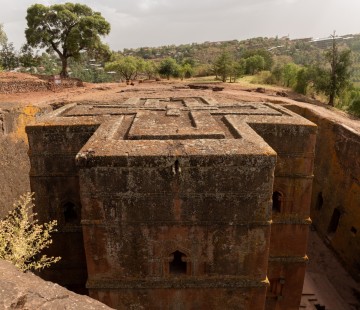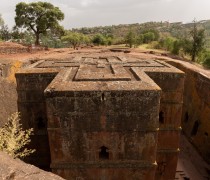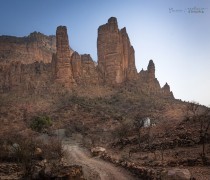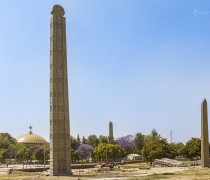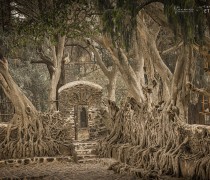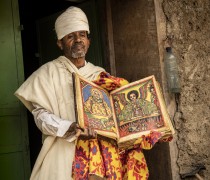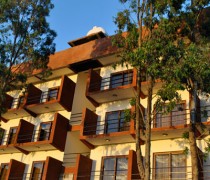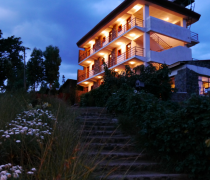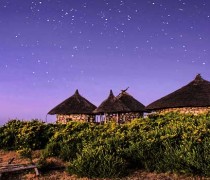Highlights: Lalibela , Northern Region of Ethiopia
Lalibela
Your Favourites
To find out more, add Lalibela to your list of favourites and let us help you plan your visit.
Worth Noting:
Type:
- Rock-hewn churches
Difficulty:
- Moderate level of fitness
Park Fees:
- 50 - 150 USD
About Lalibela
The most famous site in Ethiopia, and the one that arguably no visitor should miss, is Lalibela. Sometimes called the Eighth Wonder of the World, and a UNESCO World Heritage Site, this is one of Ethiopia’s holiest cities, visited as a pilgrimage site by many Ethiopian Orthodox Christians.
According to legend, Saint Gebre Mesqel Lalibela’s mother knew he was to be Emperor of Ethiopia after a swarm of bees surrounded him at birth. After the young saint’s time in Jerusalem, he returned to Ethiopia keen to build a New Jerusalem. The town, previously called Adefa, and later Roha, was christened Lalibela and the people set about cutting churches from the rocks. The 11 churches that make up the group are linked by a maze of tunnels and passageways. All the churches are said to have been built in the reign of Emperor Lalibela, although historians argue that the work must have taken longer, and the churches could have been built between the 7th and 14th centuries.
Bet Giyorgis, or St George, is the jewel in the crown of Lalibela. Carved as a symmetrical cross that rises from a sunken courtyard, the church was apparently commissioned by St George himself, who visited the site and requested that Emperor Lalibela build a church dedicated to him.
St George, and the churches in the northern cluster, are full or partial monoliths of a style unique to Ethiopia. The remainder of the churches, in the southern cluster, are cut into vertical rock faces like the churches in Tigrey. More churches, many of which are dated to well before the reign of Emperor Lalibela, are cut into the striking cliffs and mountains around Lalibela.
Other Highlights In The Northern Region

Formed before the formation of the Rift Valley, the Simian Mountains were created by an outpouring of lava after a volcanic eruption between 40 and 25 million years ago, while the dramatic escarpment was created by an extended up-thrust that could have happened as much as 75 million years ago. The mountains are ...
Accommodations Near Lalibela
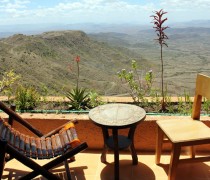
Looking out over the views of Lalibela, Hotel Maribela is high in the mountains surrounding Lalibela. Maribela, meaning honey-eater in Amharic, was a name given to King Lalibela, who oversaw the building of Lalibela and of many of its churches. According to fable, bees surrounded him on the day of ...
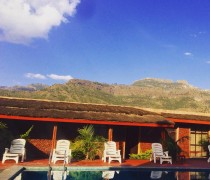
This large hotel is set in spacious grounds on the outskirts of Lalibela. The 100 en-suite rooms are located in a collection of 2-floor stone buildings and 65 bungalows. All the rooms were designed to suit the architecture of Lalibela, and offer views of the valleys and mountains around the town. The ...
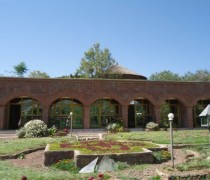
Lalibela Hotel is centrally located in Lalibela town, making it convenient for visiting the sites of this famous destination. The hotel was renovated in 2012. The 13 en-suite rooms are made up of singles, twins, doubles and triples. All rooms have satellite TV and Wifi. The garden is available for those who ...
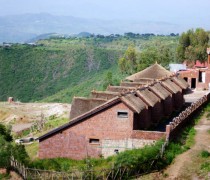
Lalibela Lodge was established in 2012, and is located walking distance from the centre of Lalibela. The 10 en-suite rooms are each in separate bungalows. All rooms have a balcony with a view of the surrounding hills, and have thatched roofs and solid brick walls. They are furnished with chunky wooden armchairs ...
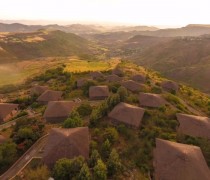
Mezena, meaning a landscape that’s flat and fertile, is set on a lush plateau outside the town of Lalibela. Mezena Lodge opened in 2017, and is designed to combine classic Ethiopian architecture with modern facilities. The 30 en-suite bungalows are spaced out around the spacious grounds. All bungalows have verandas with ...
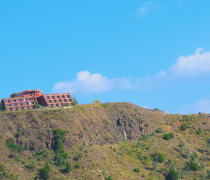
On an escarpment overlooking the sweeping valley and the mountains beyond, Mountain View Lodge is exactly what its name suggestions. The 46 en-suite rooms are made up of singles, doubles and twins. They are furnished with dressing table, coffee table and chairs, are equipped with intercom telephones and are adorned with ...
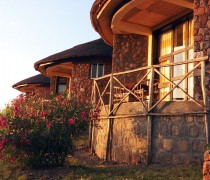
The idea for this family run lodge came when a French TV crew arrived to film ‘Rendez-vous en terre inconnue’, a documentary about distant peoples and cultures starring Slovak supermodel Adriana Karembeu. Malkamu, who facilitated the making of the programme, was inspired by it to start his own hotel. The 8 ...
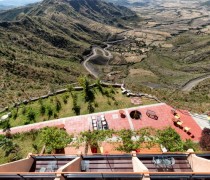
Panoramic View Hotel has, as its name suggests, a panoramic view of the valleys and mountains around Lalibela. The 35 en-suite rooms have double or twin beds, and are adorned with locally crafted furniture. Their balconies overlook the sweeping valley. The rooms are equipped with Wifi, hair drier and plug adapters. ...
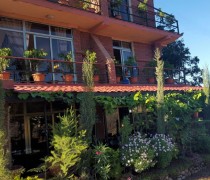
Close to the famous monolithic rock-hewn churches in the centre of Lalibela, Red Rock Lalibela Hotel is a small, family-run hotel. The 14 en-suite rooms are made up of singles, doubles, twins and triples. All the rooms have balconies with views of the market or general village scenes. There’s Wifi ...
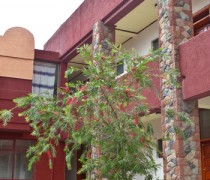
This friendly, family-run hotel stands on the escarpment overlooking the valley and the mountains beyond. As its name suggests, the hotel has 12 rooms. These en-suite rooms are made up of singles, doubles and twins, and all have balconies with spectacular views. The rooms are furnished with armchairs and coffee tables, ...
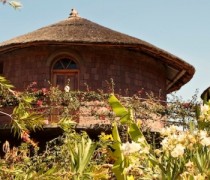
With attractive views of Lalibela, Tukul Village considers itself more of a village than a hotel. Conveniently located near the centre of town, the hotel is within walking distance of many of the ancient churches of Lalibela, including the famous Bete Giyorgis, otherwise known as the Church of St George. ...
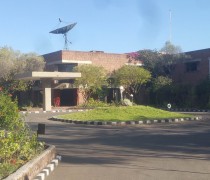
Roha Hotel’s building was constructed in 1976, and was built to reflect the monolithic churches of Lalibela. In 1992, under the management of the government-owned Ghion Hotels Enterprises, it was converted to a hotel. Ayat Share Company, a leading Ethiopian property developer, took over the hotel in 2009. The 64 en-suite rooms are ...
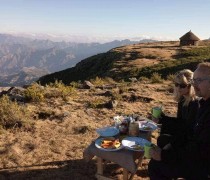
On the slopes of Ethiopia’s third highest mountain, Degosach Mountain Eco-Lodge offers extraordinary views and an authentic experience. The lodge is on the Lasta Plateau, surrounded by Afro-Alpine meadow and Afro-Montane species of flora such as Giant Lobelia. The four round tukuls are built from traditional materials and have ...
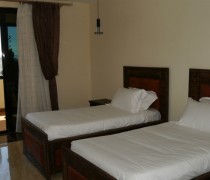
Established in 2017, Zagwe Hotel offers comfortable accommodation near the churches and sites of Lalibela. There are 20 en-suite rooms, made up of 8 doubles and 12 twins. The rooms are adorned with arts and crafts made by local artisans. All rooms have satellite TV, mini-bar, digital safe and hair dryer, and have balconies ...
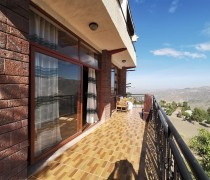
Owned by Lalibela’s most famous restaurant, Ben Abeba, Lalibela Apartments opened in 2019. High on a hillside looking across Lalibela’s spectacular valleys at the Degosach Mountains, the apartments are built by local masons and carpenters with touches of traditional style. The house has 2 bedrooms and sleeps up to 5 pax, ...
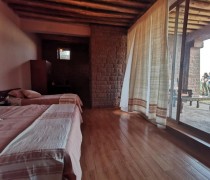
Owned by Lalibela’s most famous restaurant of the same name, Ben Abeba Lodge opened in 2019. High on a hillside looking across Lalibela’s spectacular valleys at the Degosach Mountains, the luxury rooms are built by local masons and carpenters with a fusion of traditional style and modern lodge amenities. ...
